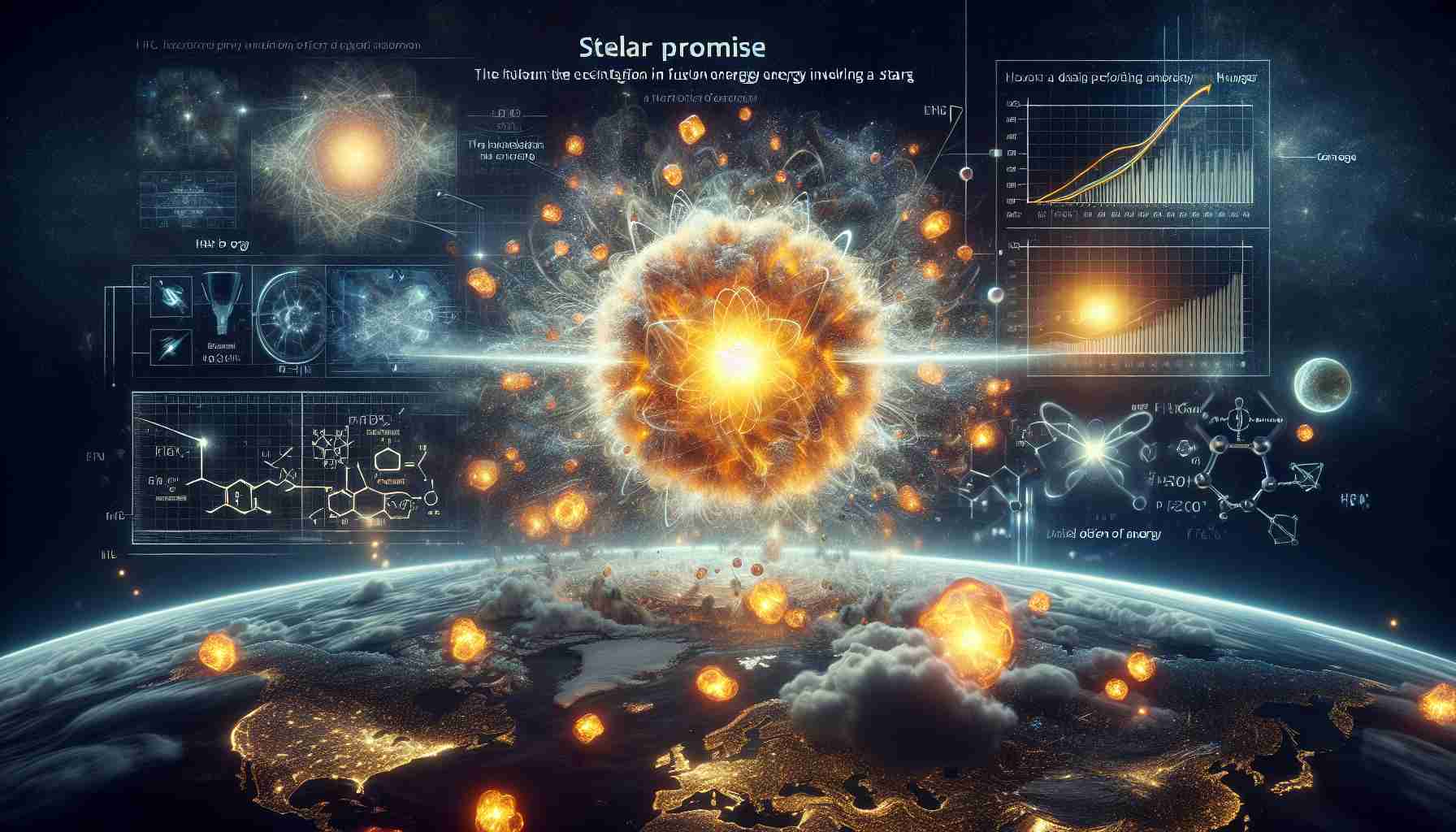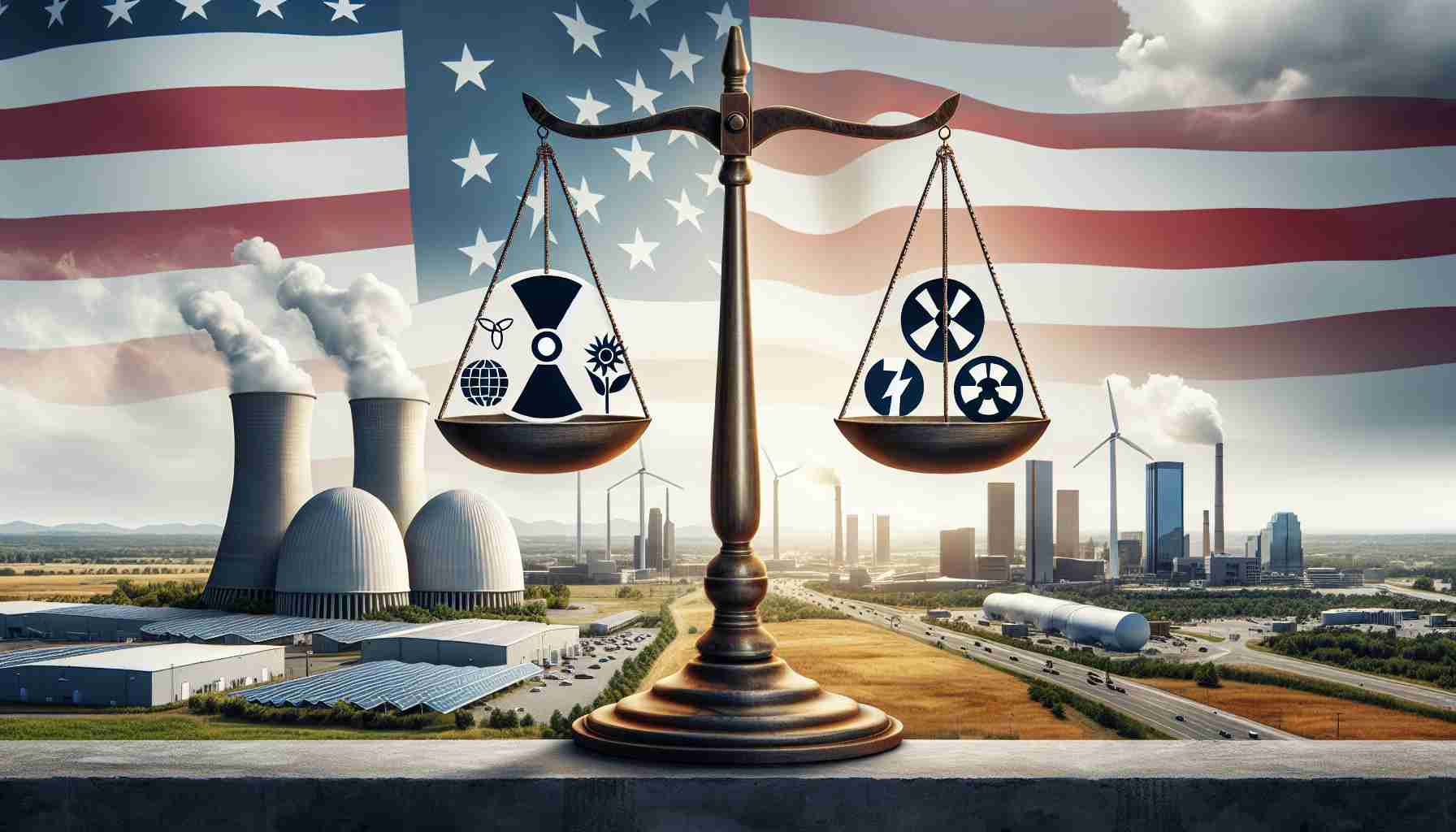Minnesota’s Nuclear Moratorium Faces Reassessment
As discussions heat up in the Minnesota Legislature, the 31-year-old ban on new nuclear power plants may soon be lifted. With a Republican majority on the rise, GOP leaders have made it clear that abolishing this moratorium is a top objective, while some Democrats are starting to show leniency on the issue.
GOP lawmakers in both the House and Senate are pushing forward with bills aimed at ending the long-standing ban, reigniting a critical conversation about the benefits and drawbacks of nuclear energy. They argue that nuclear reactors provide reliable and carbon-free energy around the clock, which could be essential as Minnesota seeks to create a more stable and affordable energy landscape.
During a recent press conference, the Republican leader of the House emphasized the necessity of reliable energy sources, pointing to the repeal of the nuclear moratorium as a key strategy. In a twist, some DFL members, traditionally skeptical of nuclear, are beginning to consider it a viable option for achieving clean energy targets, especially amidst the variability of wind and solar power generation.
However, concerns linger, especially following a notable incident involving tritium leakage that raised alarms, though it was determined there was no health risk involved. As the debate unfolds, it remains to be seen how both parties will collaborate on energy innovation while addressing public safety concerns linked to nuclear energy.
The Broader Implications of Reassessing Minnesota’s Nuclear Moratorium
The potential lifting of Minnesota’s nuclear moratorium presents profound implications for energy policy, societal perceptions, and the environment. As the demand for clean energy sources escalates globally, the potential reintroduction of nuclear power could significantly alter the state’s energy landscape. Nuclear power has the capacity to provide a stable, low-carbon energy source, crucial for combating climate change while ensuring dependable electricity supply.
In the context of the broader global economy, nations are increasingly looking towards nuclear energy as a solution to energy insecurity, which has been particularly highlighted amidst geopolitical tensions that affect traditional fossil fuel supplies. If Minnesota revitalizes its nuclear sector, it could not only serve as a model for other states but also attract investment in clean technologies and energy jobs, thereby stimulating local and state economies.
However, the environmental implications warrant careful consideration. Although nuclear energy produces no direct emissions, the management of nuclear waste and potential risks associated with nuclear facilities remain significant hurdles. Future trends may see advances in small modular reactors (SMRs) and safer waste disposal technologies, shaping a more favorable public perception.
Ultimately, the long-term significance of Minnesota’s decision could well ripple across national energy policies, influencing the conversation on how states balance energy reliability, environmental stewardship, and public safety in an increasingly precarious world.
Could Minnesota’s Nuclear Energy Future Brighten? A Deep Dive into Legislative Changes
Minnesota’s Nuclear Moratorium Faces Reassessment
The Minnesota Legislature is at a pivotal moment as the 31-year-old moratorium on new nuclear power plants is facing potential reassessment. With increasing support from a Republican majority, the conversation around nuclear energy’s role in the state’s energy landscape is intensifying. This article explores the implications of lifting the moratorium, the pros and cons of nuclear energy, and other related factors impacting Minnesota’s energy strategy.
# Pros and Cons of Lifting the Moratorium
Pros:
1. Reliable Energy Production: Nuclear reactors are known for their ability to produce consistent and reliable energy. This aspect can stabilize Minnesota’s energy supply, particularly as demand fluctuates.
2. Carbon-Free Energy: As the state aims for cleaner energy sources, nuclear power presents a compelling option since it generates electricity without producing carbon emissions, aligning with climate goals.
3. Job Creation: The construction and operation of nuclear facilities can create numerous jobs, contributing to economic growth within the state.
4. Energy Independence: Expanding nuclear energy could reduce dependency on external energy sources and fossil fuels, enhancing the state’s energy security.
Cons:
1. Safety Concerns: The history of nuclear incidents, even those without health risks, continues to raise public concern regarding environmental and human safety.
2. Nuclear Waste Management: Disposing of and managing nuclear waste remains a contentious issue, as long-term storage solutions are still being evaluated.
3. Public Perception: Many Minnesotans may not be completely on board with nuclear energy due to the historical stigma surrounding nuclear accidents.
4. Cost of Implementation: Building new nuclear plants involves significant upfront costs, which might impact taxpayer funds or utility rates.
# Legislative Trends and Political Dynamics
The current political landscape indicates a shift as some Democrats appear to be more open to nuclear energy as a plausible solution for achieving renewable energy targets, particularly amid challenges presented by wind and solar power variability. Discussions are ongoing, focusing on how to balance the transition towards cleaner energy sources while addressing safety and economic concerns.
# Key Innovations in Nuclear Energy
As the narrative around nuclear energy evolves, there have been significant strides in technology, particularly with small modular reactors (SMRs). These smaller, safer reactors promise lower capital costs and enhanced safety features, which may appeal to lawmakers and the public alike.
# Market Insights and Predictions
The nuclear energy market is poised for growth, especially as states look to bolster clean energy portfolios to meet federal and state mandates. Analysts predict that if Minnesota lifts its moratorium, it could inspire other states with similar restrictions to reevaluate their policies, potentially leading to a renaissance in nuclear energy in the U.S.
# FAQs About Minnesota’s Nuclear Energy Debate
– What is the current status of the nuclear moratorium in Minnesota?
The moratorium on new nuclear power plants is under reassessment as Republican lawmakers push for its repeal while some segments of the Democratic Party show increased openness.
– How could lifting the ban affect energy costs for residents?
If the ban is lifted, it may lead to more competitive energy pricing, although initial implementation costs might impact short-term expenses.
– What safety measures would be implemented in new nuclear facilities?
Any new facilities would have to comply with stringent safety protocols and could utilize advanced technologies designed to minimize risks.
For more information on nuclear energy and ongoing developments in Minnesota, visit the Department of Energy.
The source of the article is from the blog publicsectortravel.org.uk


